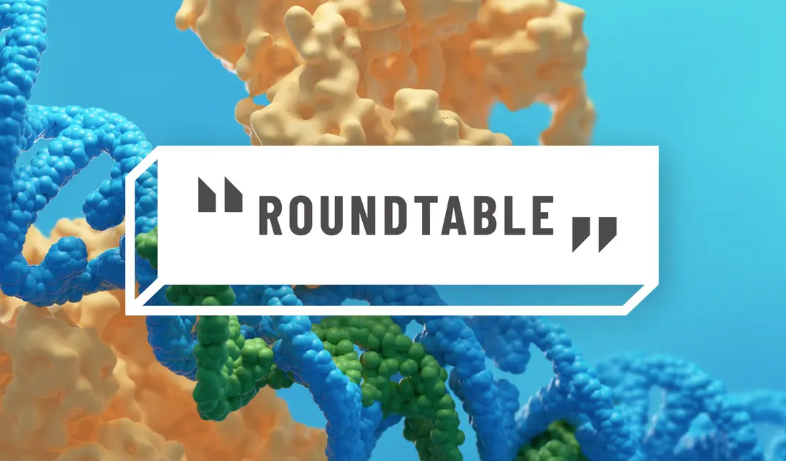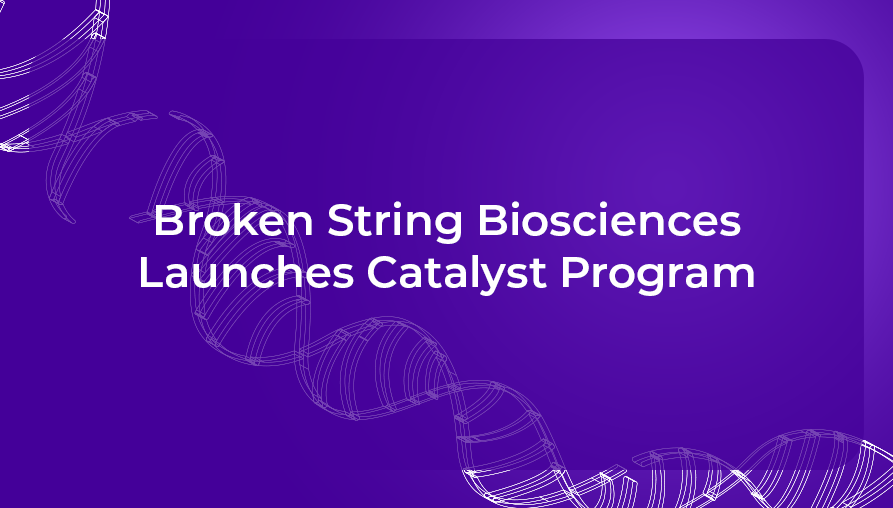AI is no panacea, but it can have a role in turning artisanal, trial-and-error drug development into a rapid, cost-effective, data-driven process.
By Felix Dobbs on July 10, 2025 8:58 am via MedCity News

A generation ago, writing a piece like this about using artificial intelligence to develop genome-editing medicines would have sounded like a Star Trek plotline. But both fields have matured to the point where they are becoming synergistic, and the concept of AI guiding targeted and curative drug development is not very far off.
Over the last decade, dozens of efforts have applied machine learning, deep learning, and other models for various CRISPR-related activities, mostly in attempts to predict on- and off-target activity. For the latter, accurate off-target predictions would be a powerful tool for safety assessment, given that opacity has already raised questions leading to clinical holds by FDA. Today, gene-editing drug developers most typically spend a lot of time assembling bespoke analytical workflows to characterize any off-target edits made by their therapy and demonstrate safety. And in drug development – particularly clinical development – every additional moment comes with ballooning costs.
Newly commercialized, out-of-the-box solutions for off-target detection can reduce costs and shrink timelines, but they are still utilized later in development, when problems and mistakes are most costly. In the same vein, tools to quickly characterize on-target editing will soon accelerate initial gRNA selection and iteration, meaning developers will have meaningful early insights into therapeutic efficacy as well.
The goal of AI efforts has been to design safe, efficacious therapies before stepping foot in a wet lab, largely removing the trial-and-error nature of gene-editing therapy development today. No models have yet proved suitable, in large part because they have been trained on messy public datasets or even synthetic data.
Garbage out – permanently
The key, then, is cleaner data. Most attempts to characterize the breakome–the collective measurement of all DNA breaks in a genome–have relied on PCR technology, which introduces amplification bias. However, newer tools rely on PCR-free methods like NGS flow cell enrichment, significantly decreasing noise in the dataset.
Researchers are already working on proof-of-concept applications of AI to ultraclean data. Ideally, they will find that DNA breakage occurs in patterns, which will lead to models capable of distinguishing gene-editing-induced breaks from natural ones, without human intervention.
The next step will be to train those new models on ultraclean breakome data that can be used to distinguish safe from high-risk gRNA design. The aim is to integrate breakome data with other sequence and structural features for predictive algorithms that can recommend gRNAs with low off-target risk and high on-target efficacy.
Lowering drug development costs
The urgency for such approaches is driven by the astronomical cost of gene-editing therapies. We are in a time of technical marvels, like the first successful personalized CRISPR therapy, developed for an infant with a rare CPS1 deficiency in just eight months. (Four of those months were spent characterizing the off-target edits.) At the same time, medicines like those will remain out of reach for most patients, given that gene therapies can cost as much as $4.25 million for a single dose.
Today’s empirical approach, while yielding some groundbreaking therapies, is inherently unsustainable for broad adoption. Sticker prices can’t come down until R&D costs come down. That requires minimizing the years spent in wet lab testing, reducing trial and error, and securing regulatory cooperation toward a platformized approach to gene-editing therapy.
The vision, especially for rare disease treatments, would be for a company to develop the machinery for a gene-editing platform that it can sufficiently demonstrate is safe and effective, such that it can swap in a new gRNA specific for each therapeutic target it pursues. (FDA recently began such platform technology designations with gene therapy vectors.) From there, the AI would guide selection of the gRNA most likely to be safe and efficacious, followed by rapid confirmation on a gold-standard, out-of-the-box breakome analytical tool. The developer could then jump right into clinical testing – without the need to repeat rigorous preclinical safety studies.
If you notice that this envisioned process barely resembles drug development as we know it – that’s the point. AI is no panacea, but it can have a role in turning artisanal, trial-and-error drug development into a rapid, cost-effective, data-driven process. We are closer than most people realize.
This post appears through the MedCity Influencers program. Anyone can publish their perspective on business and innovation in healthcare on MedCity News through MedCity Influencers. Read on MedCity

